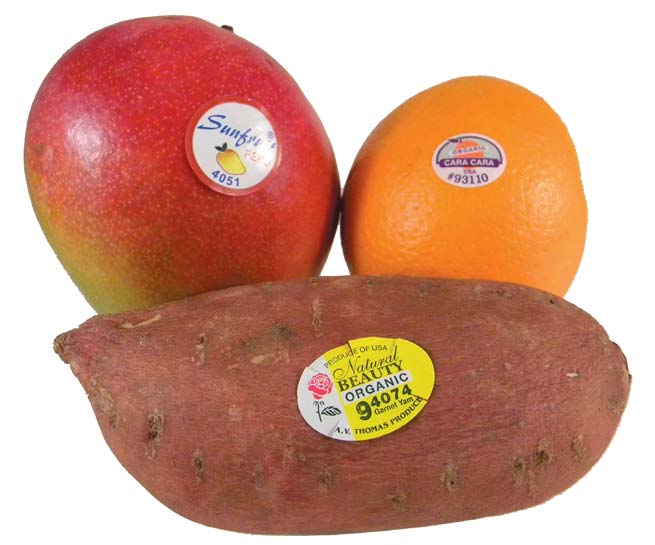Want to feel better and enjoy better health? Here are five small changes to improve your eating habits for good.
- Strategize. Sit down with your favorite cookbook and a blank calendar and fill in at least five days worth of meals. Include breakfast, lunch, dinner and one or two snacks for each day. You can cook some items ahead of time—for example, a big pot of rice—and plug in meals incorporating rice during the week. You can also design the meal plan to match your schedule. If you know on Wednesday you won’t get home until 9pm and you’ll be really hungry, prepare double portions of dinner the night before. From this meal plan you can make a shopping list and purchase everything you need for the whole week. Having this strategy in place will keep you organized and efficient in the kitchen, allowing you to quickly put together healthy meals.
- Start Strong. Although our schedules don’t always encourage it, breakfast is still the most important meal of the day. When you eat a healthy breakfast that includes protein, your metabolism runs more efficiently and your blood sugar levels remain steadier all day. If you are pressed for time, try a fruit smoothie and a hard-boiled egg, or whole-grain toast with almond butter and fruit salad.
- Eat a Rainbow. Aim for at least two colorful fruits or vegetables with every meal. Each color has a unique nutritional profile filled with vitamins, minerals and antioxidants that support all aspects of your health. Consuming all the colors covers all your nutritional bases. Try steamed kale with roasted tomatoes, carrots and yellow bell peppers with hummus, or fresh plum with blueberries.
- Eat Mindfully. In this day and age, eating is something we often squeeze in between the “really important stuff.” When we eat mindfully we often appreciate our food more, eat less, digest better and slow down a bit. Try putting away all distractions including the television, sitting down at a table, chewing your food well and tuning in to how the food tastes, how it makes you feel and when to stop. Keep mealtimes separate from all the other activities you do in a day.
- Read Labels. Knowing what foods are good for us can be very confusing. The grocery store shelves are often filled with bold promises, (“Good for your heart!” “Lowers cholesterol!”) and long lists of ingredients that look like names out of a science fiction novel (ethoxylated diglycerides?). Adopting a few simple rules can make a world of a difference in our health. Rule #1: Don’t buy anything with ingredients you can’t pronounce. Rule #2: Don’t buy foods your great-grandmother wouldn’t have eaten. Rule #3: The fewer ingredients on a package label the better.
By incorporating some or all of these tips into your daily life, you will be working towards your goal of making long-lasting changes towards a healthier way of eating.
Spring is a wonderful time to start.
To your health!
MARKET WATCH
What does the number on fruit and some vegetable labels mean?
- Conventional produce has a four-digit PLU number that begins with the number 4 or 3.
- Organic produce has a five-digit PLU number that begins with the number 9.
- Genetically modified (GMO or GE) produce has a five-digit PLU number that begins with the number 8.
So…… to help remember:
- 4 and 3 = Wash and Eat
- 9 = Fine
- 8 = You may Hate







